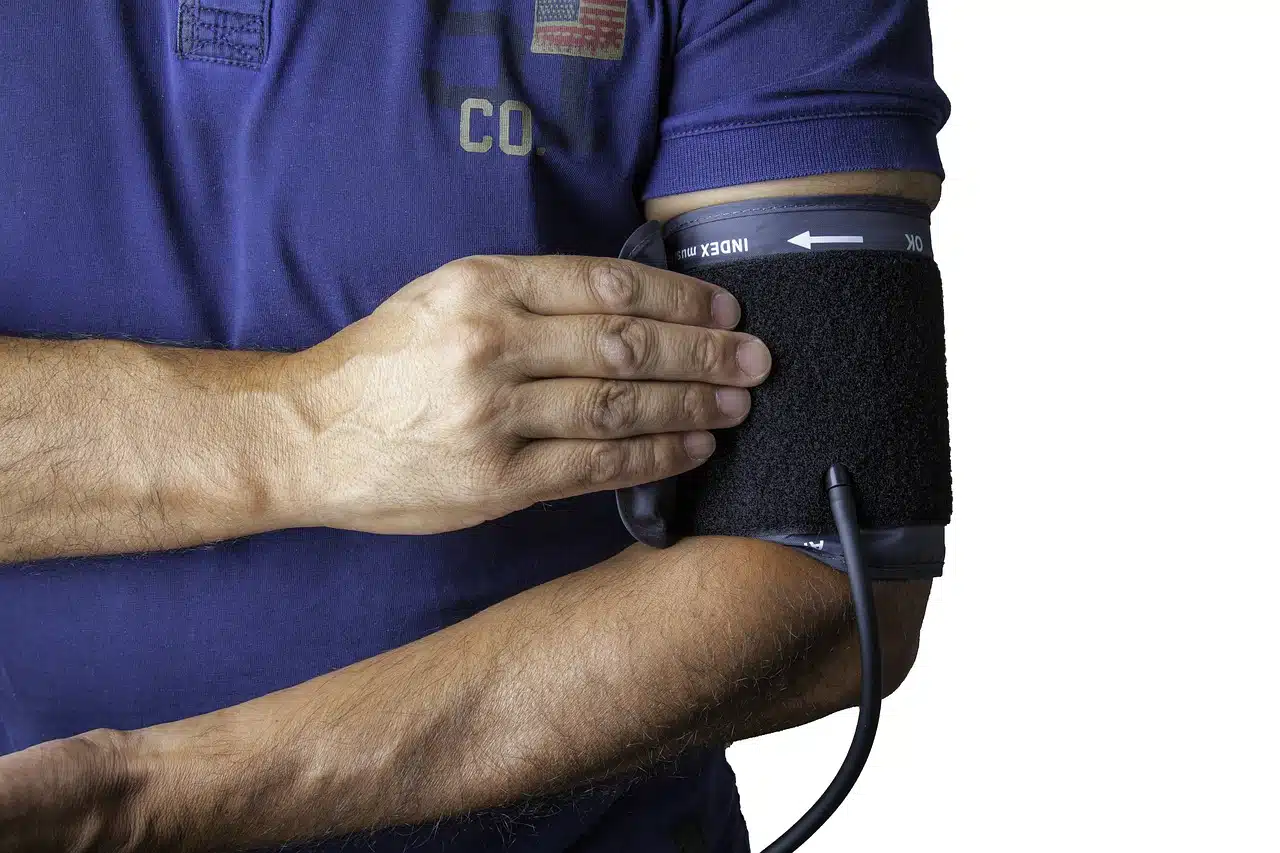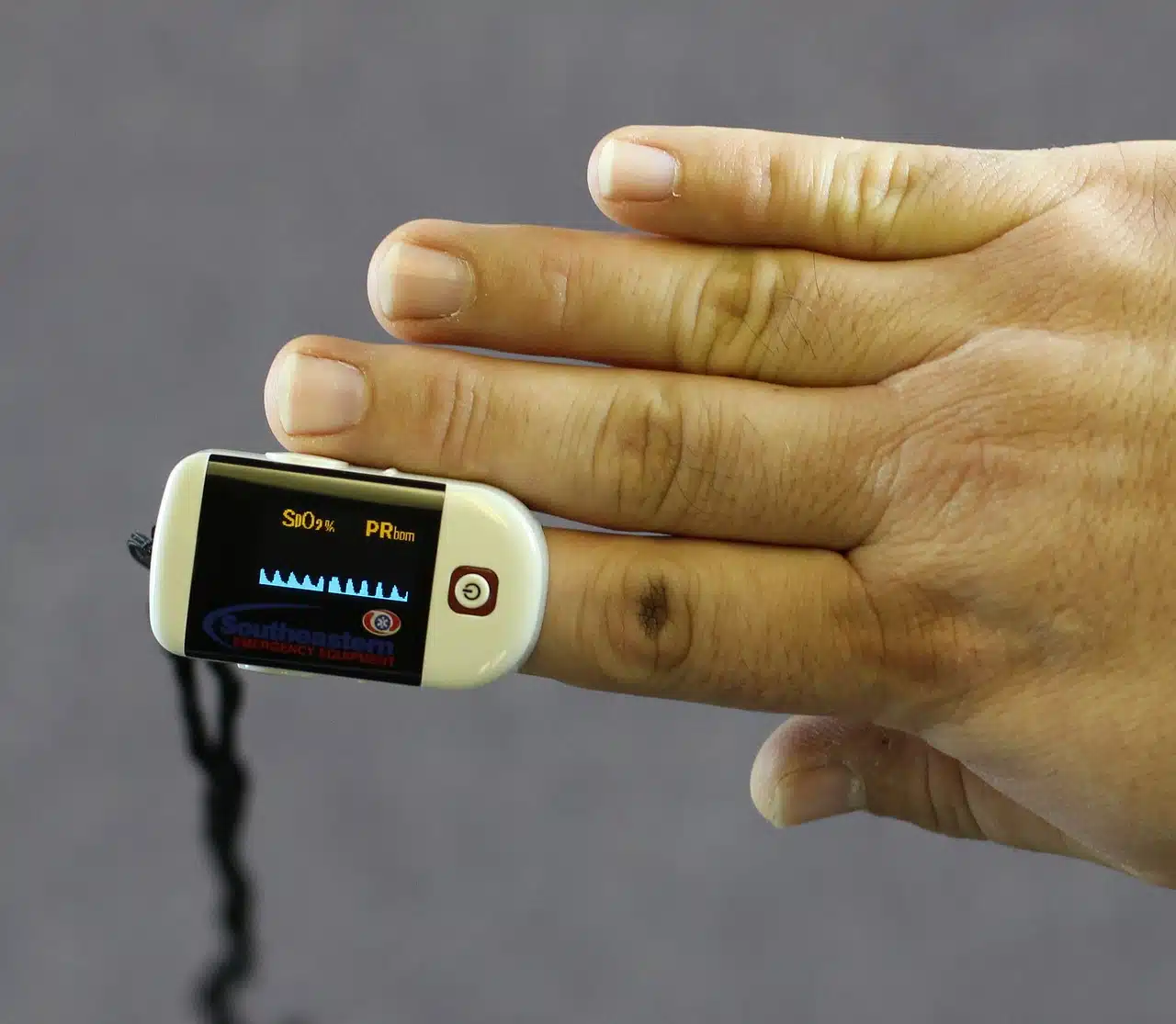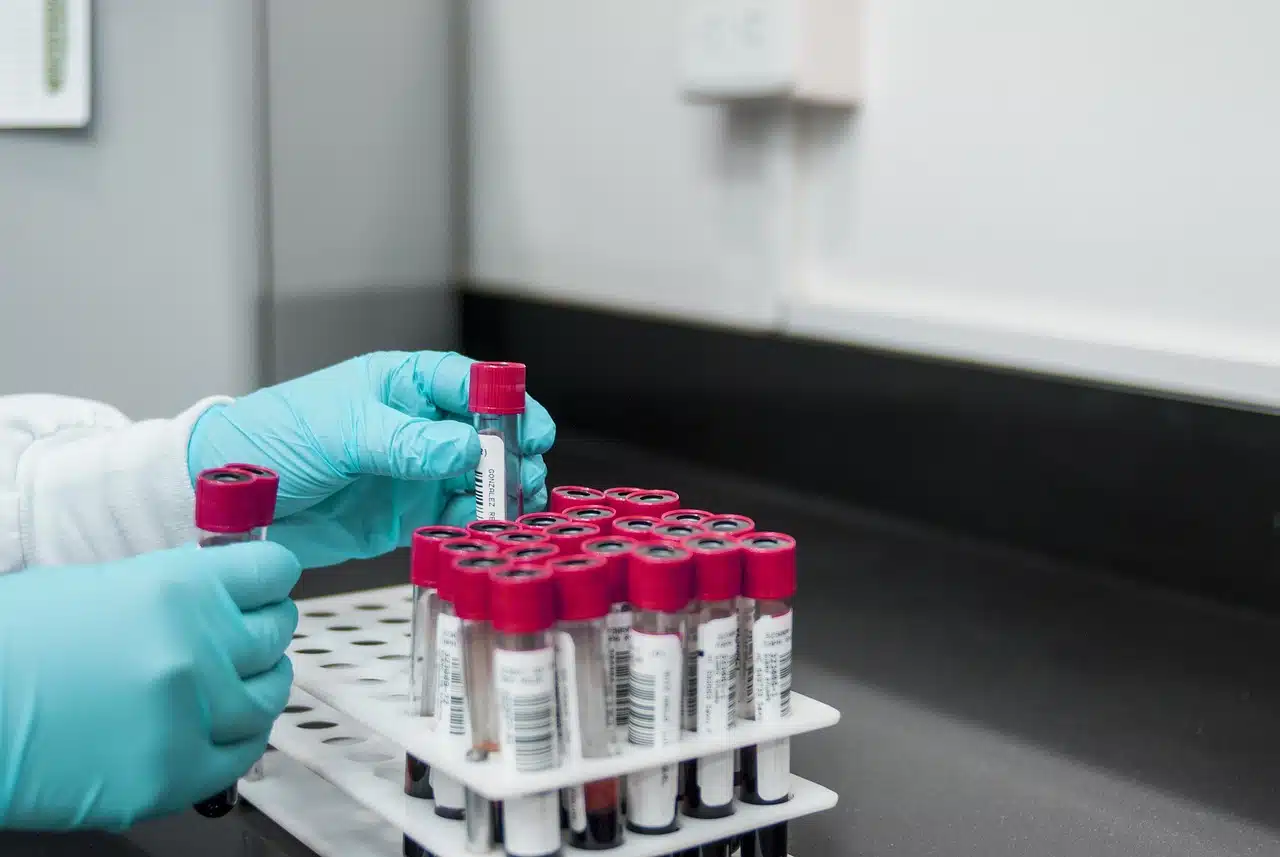
Mean arterial pressure is a sign that is linked to the combination of cardiac output, systemic vascular resistance and central venous pressure.
Vital signs are the set of physiological variables that doctors analyze to assess basic organic functions . A person who lacks vital signs is therefore dead : in other words, the absence of vital signs allows a medical professional to confirm the death of an individual.
It should be noted that a sign , with etymological origin in the word signum , is that which, whether by convention or by nature, manages to replace another object or represent it. Signs are also signs or indications of something. Vital , for its part, is an adjective that comes from vitālis and refers to what is linked to life , to the transcendent or to what has a lot of energy.
What are the vital signs
The vital signs that are usually considered are heart rate , respiratory rate , blood pressure and body temperature , although there are more. To study these signs, the rhythm of inhalation and exhalation in breathing is analyzed, the pulse is taken (considered from the swelling of the arteries when the blood passes) and thermometers and blood pressure monitors are used to obtain information about the temperature and the tension.
Normal vital sign values depend on various issues, such as the patient's age . The heart rate of a 10 -year-old child is not the same as the heart rate of a 50 -year-old man , for example.

Pulse oximetry is a sign that reveals the level of oxygen present in the blood, usually expressed as oxygen saturation.
Your registration
Body temperature, on the other hand, is considered normal for an adult to be between 36.5º and 37.2º . In order to measure it, a thermometer is used that can be placed in various parts of the body: in the rectum, in the mouth, in the ear or in the armpit.
Regarding the pulse, it can be said that in an adult individual it will be between 60 to 100 beats per minute . However, this can vary depending on whether the person is exercising or not, if they are excited, if they are nervous... Thus, for example, it is established that those who practice sports regularly can have about 40 more beats per minute .
In order to take someone's pulse rate, something that can be done by pressing certain arteries with your fingers, it is chosen to do it in certain areas of the body where it can be perceived more clearly. We are referring to the wrist, the lateral area of the neck or what is the inside of the elbow. An electrocardiogram , on the other hand, is a diagnostic test that provides more information about how the heart is pumping blood.
Regarding the respiratory rate, when you want to take a person's vital signs it is necessary to take into account that the normal rate for an adult will be between 12 to 16 breaths per minute . For its part, in terms of blood pressure, you must know that this will be taken using a blood pressure monitor that can determine if it is within normal parameters or if, on the contrary, it presents hypertension, for example.

An abnormal blood lactate value is among the signs of sepsis.
Absence of vital signs
If a doctor encounters an individual who has no pulse, their heart is not pumping blood , and they are not breathing, it may indicate that the subject is not showing vital signs.
In other words, it is possible to confirm someone's death based on the absence of vital signs . If we take clinical parameters, death is considered to occur when organic functions cease.
Observation of the pupils to analyze the pupillary response, the study of cephalic reflexes and the verification of cardiorespiratory arrest are other signs that are taken into account when reporting a death.
The analysis of different variables
The analysis of different variables allows obtaining information about the state of a person. By considering certain signs, a health professional is in a position to make a diagnosis .
Although vital signs are usually associated with essential parameters of organic functioning, various values or symptoms can be considered that reveal important information. Sticky mouth, dry skin, cramps, headache and thirst, for example, are signs of dehydration .
A severe headache, blurred vision, breathing problems, nausea, vomiting and ringing in the ears, meanwhile, are signs of high blood pressure . In this case, you can have precise data by using a blood pressure monitor.
Increased thirst and appetite, increased urination, and weight loss are considered signs of hyperglycemia (high blood glucose); At the other extreme, headache, irritability and sweating are among the signs of hypoglycemia (low blood glucose concentration). Blood glucose monitoring can be carried out in different ways, including with devices that measure continuously and in real time.
Of course, the link between these signs or symptoms and diseases is not direct. A doctor is the one who must provide the corresponding advice and indicate the steps to follow.
